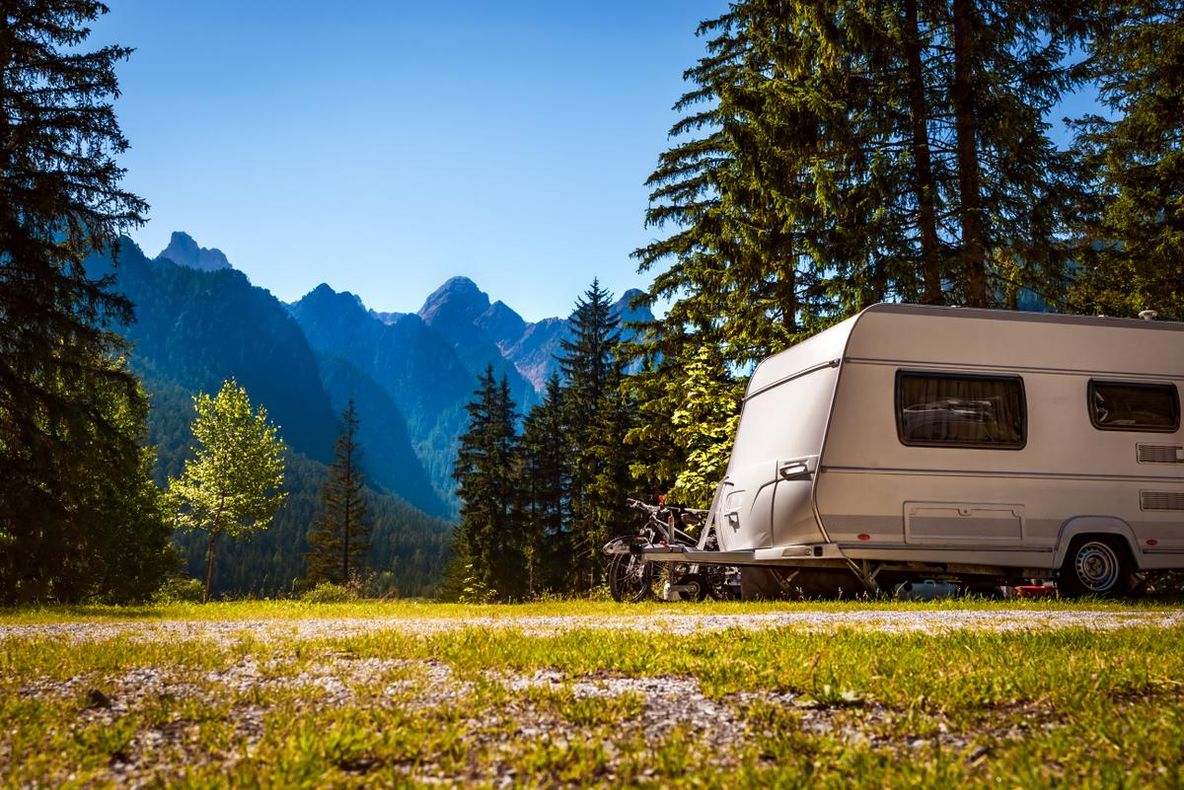Fact #1: Over 300 Picturesque Campsites Await
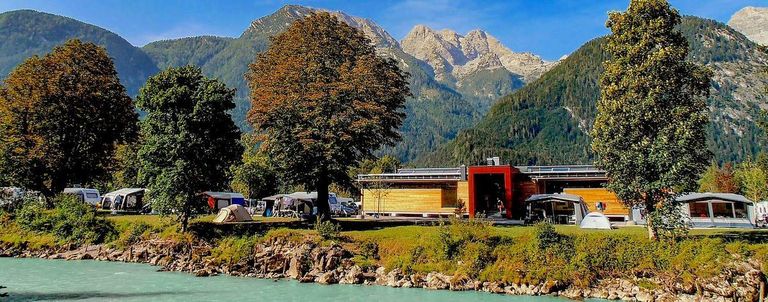
In Austria, you’ll find a wide selection of campsites. With campsites in lovely mountain landscapes, on the shores of glittering lakes, and near fantastic cities, sports enthusiasts, nature lovers, and culture fans will all feel right at home here. Many Austrian campsites have restaurants where visitors can relax after a long day in the great outdoors and indulge in culinary delights like Wiener Schnitzel and Kaiserschmarrn.
Fact #2: Grubhof in the Berchtesgaden Alps is the Most Popular Campsite
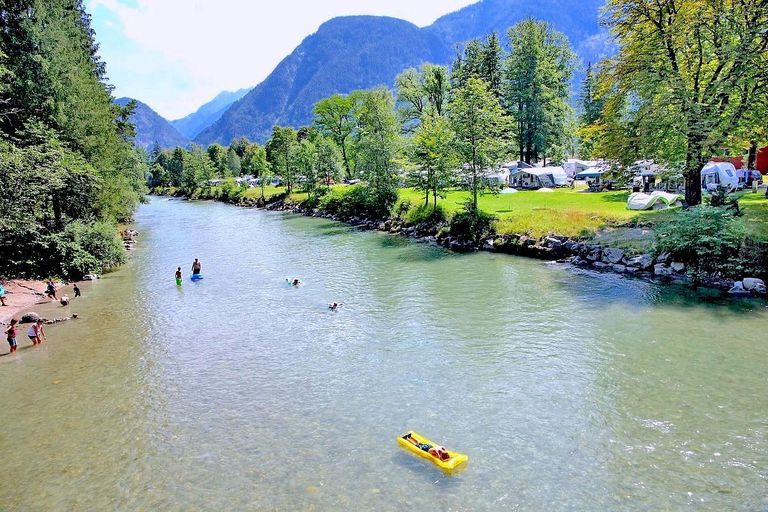
Grubhof is not only at the top of the Berchtesgaden Alps, but with 4.86 out of 5 possible points and over 1,940 reviews, it also tops the list of the 2019 camping.info award winners! This riverside campsite nestled in this beautiful mountain landscape offers large pitches with plenty of room to breathe and relax. Grubhof hosts campers according to the motto “Experience nature & enjoy comforts.” The site provides a variety of indoor and outdoor activities for the little ones and a great selection of spa treatments and facilities for the adults.
Fact #3: Pricing on Austrian Campsites Is Slightly Higher than Average
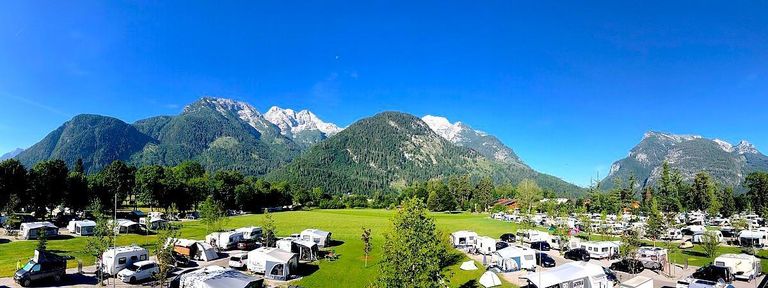
On average, a couple will pay €29.28 for one night on an Austrian campsite. According to our European price comparison, that means that Austria’s prices are somewhat above average, but it is still more affordable than camping in Italy, Croatia, or Spain. Many sites here are in gorgeous areas and have modern sanitary facilities. There’s a wide selection of campsites, from 5-star premium spa campsites to simpler (and often cheaper) sites.
Fact #4: Austria is a Camping Paradise All Year Round
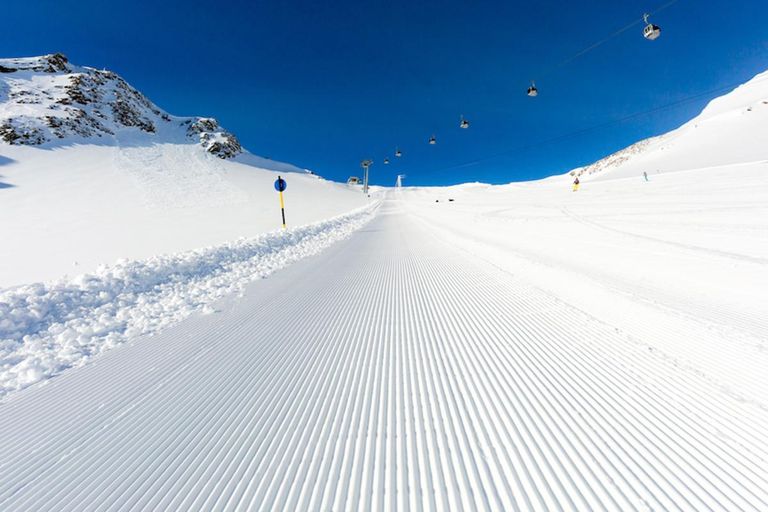
Do you want to be the first person out on the freshly groomed slopes? Many Austrian campsites are right near one or more ski regions, so you’ll have the slopes and trails practically at your doorstep. The colder months transform Austria into a winter paradise, perfect for enjoying athletic activities or relaxing in the campsite’s sauna. During the warmer months, you can recharge your batteries by heading out on the numerous hiking paths that wind through deep-green forests and fragrant fields of flowers.
Fact #5: Lake Fuschl is the Backdrop of the Sissi Film

You can see the backdrops of the Sissi film, such as Possenhofen Castle and the romantic lake, first-hand around Lake Fuschl in Austria. The lake is located in the municipality Fuschl am See, in the state of Salzburg. Lake Fuschl provides a gorgeous backdrop for hikes or long walks, too. And if you want to admire mementos from the filming in the museum at Schloss Fuschl Hotel.
Fact #6: Wiener Schnitzel is the World's First Dish to Be Named After a City
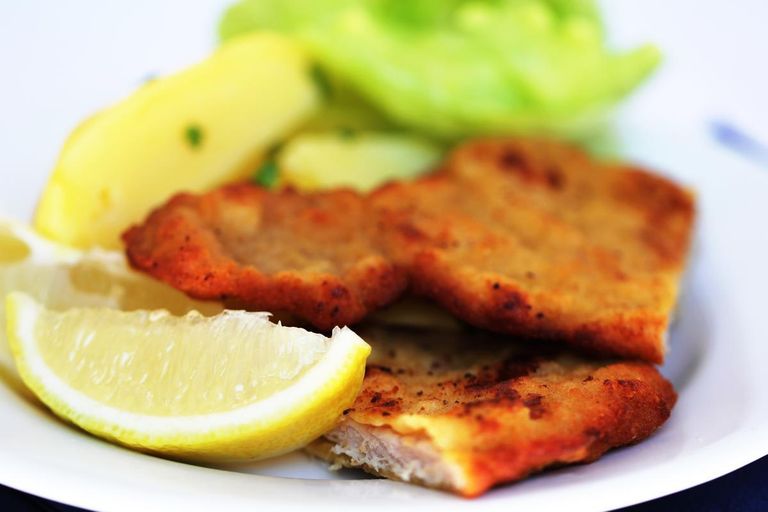
Austrians love all things savoury. The country is known for its many meat dishes, as well as its pastries and sweets, and of course, for being the birthplace of Wiener Schnitzel (literally, Viennese cutlet). Classic Wiener Schnitzel is made with veal, and the name is actually legally protected. If the schnitzel is made of pork or some other meat, it can’t be called Wiener Schnitzel; at most, it can be called Schnitzel “Wiener Art” (German for “Viennese Style”). It’s not clear who made the first Wiener Schnitzel, but the term came from a 19th-century cookbook.
Fact #7: Steven Spielberg is Named After Spielberg, Austria

Steven Spielberg is one of the world’s most famous and successful directors, and he owes his surname to the city of Spielberg in Styria, Austria. Although the director was born in Ohio, USA, he is a descendant of Austrian emigrants. The city in Styria is home to the Red Bull Ring, which makes it a beloved destination for motorsports enthusiasts. Nearly a million visitors go to the Red Bull Ring every year for events like Formula 1, MotoGP, and the Air Race.
Fact #8: The World’s First Postcards Come from Austria
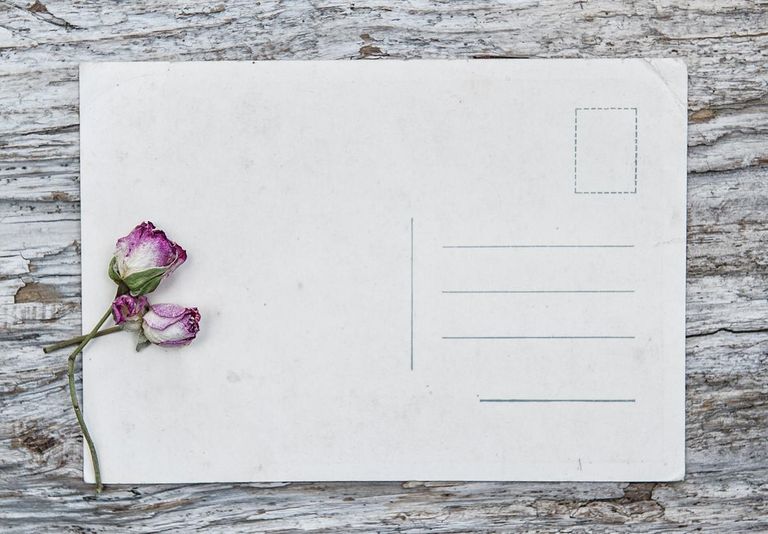
Happy 150th Birthday, Postcards! On 1 October 1869, the Austrio-Hungarian postal administration was the first in the world to allow postcards through as a new means of communication. Before they were approved for use in other countries, there was great concern about this “indecent form of communication on an open post sheet.” There were fears of a decline in morality since personal and salacious messages would be open for all to read. In the Austro-Hungarian Empire, people were less prudish. They allowed the use of postcards, and they instantly became a hit.
Fact #9: The Traffic Light Men in Innsbruck Skate, Hike, Snowboard, and Ski
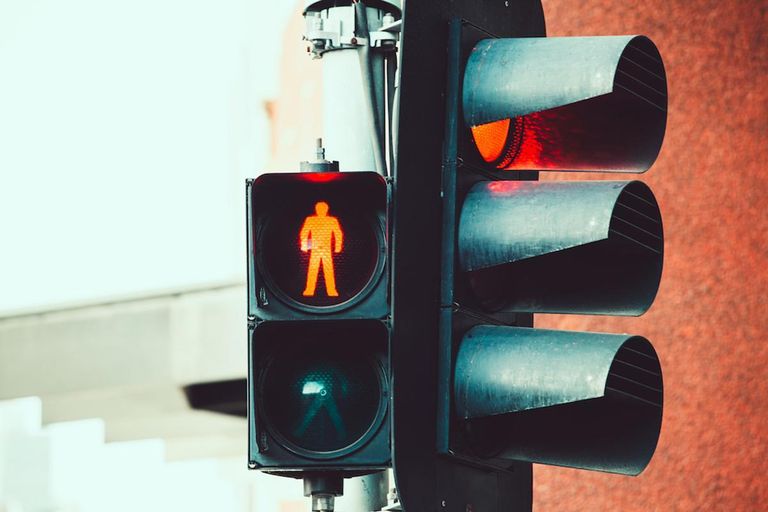
Since 2016, three intersections in Innsbruck have athletic pedestrian signals to guide people across the street safely. The men on the 18 traffic lights skate, hike, snowboard, and ski. These sporty signs were put into place for the International Children’s Winter Games sporting event. The year before, the traffic light man had been replaced with traffic light couples for the Eurovision Song Contest. According to a study by a department in the city of Vienna, there was an increase in traffic safety and fewer jaywalkers with the new traffic lights.
Fact #10: Around Vienna on the Rundumadum Path
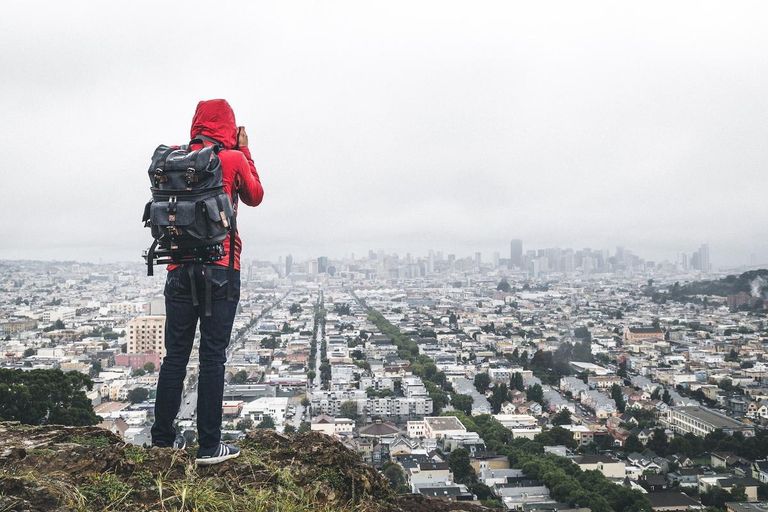
What do the signs with the red, heart-shaped apple on a white background mean? If you think it’ll bring you to the next fruit stand, you’re mistaken: These signs mark the hiking path known as Rundumadum, which leads all the way around Vienna. Believe it or not, you can walk 120 km in Vienna and the surrounding area by taking this path. The path can be broken up into 24 sections, and it is well-connected to public bus and train lines, so you can take a leisurely hike through the woods and enjoy the beautiful view of this city on the Danube.
With these facts in mind, you should be more than ready for a holiday in Austria, and you’re sure to impress your fellow campers with your knowledge! You’ll also find the perfect site for your trip on camping.info, of course. (And don’t forget to rate and review any of the Austrian campsites you visit!) Have a great time in Austria!

